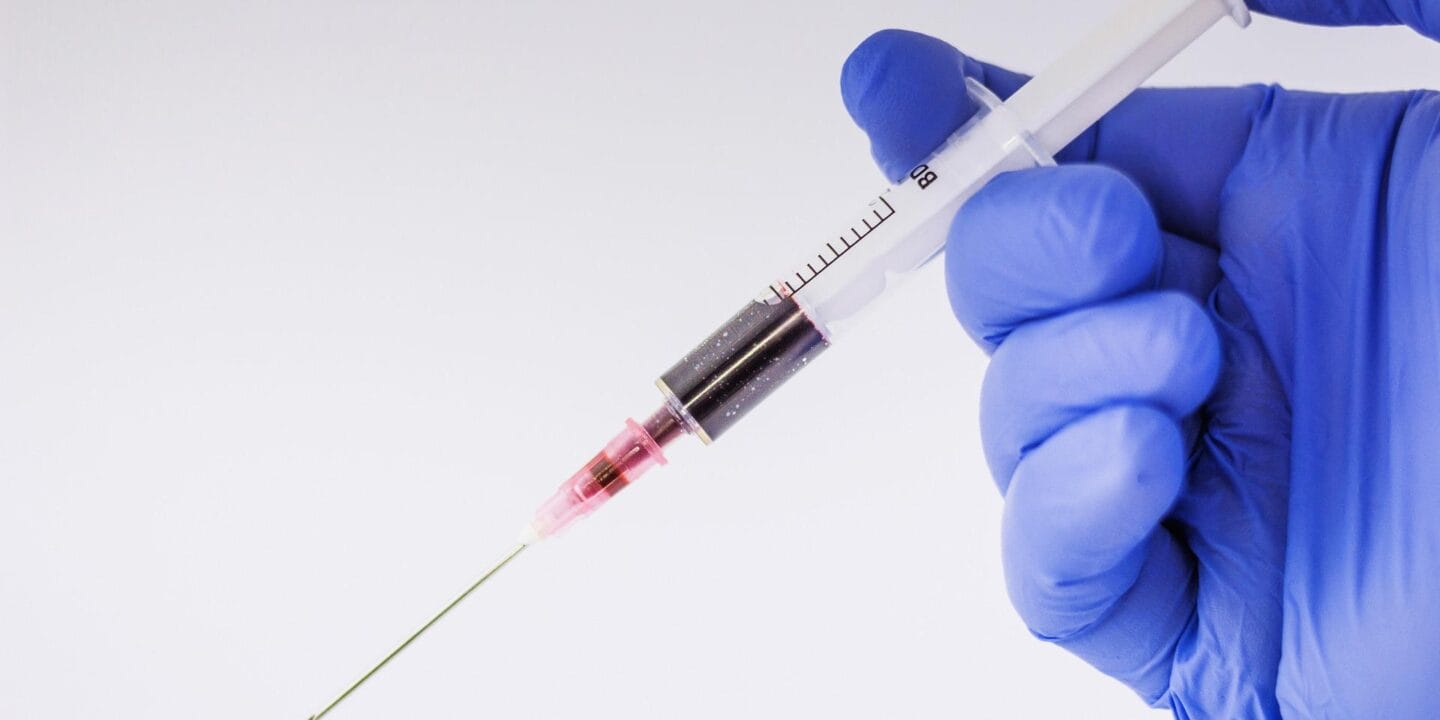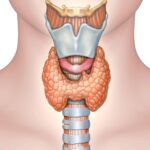- Home
- INTERNAL MEDICINE
- Chronic Myeloid Leukemia (CML)

Chronic Myeloid Leukemia (CML) is a clonal hematopoietic stem cell disorder characterized by the uncontrolled proliferation of myeloid cells. It’s classified as a type of myeloproliferative neoplasm, distinct due to the presence of the Philadelphia chromosome (Ph), a genetic abnormality resulting from a reciprocal translocation between chromosomes 9 and 22, t(9;22)(q34;q11). This translocation forms the BCR-ABL1 fusion gene, which encodes a constitutively active tyrosine kinase that drives leukemogenesis.
Pathophysiology
The BCR-ABL1 fusion gene plays a central role in CML development. Its protein product, a constitutively active tyrosine kinase, leads to the phosphorylation of multiple downstream substrates, disrupting normal cellular signaling and promoting:
- Increased proliferation: The kinase activity enhances cellular proliferation by activating the RAS, RAF, MEK, ERK, and JAK/STAT pathways.
- Reduced apoptosis: By increasing anti-apoptotic signaling through pathways such as PI3K/AKT, BCR-ABL1 prevents programmed cell death.
- Genomic instability: The abnormal kinase activity induces errors during cell division, contributing to further genetic abnormalities as the disease progresses.
Clinical Presentation
CML has three clinical phases:
- Chronic Phase (CP): This phase is often asymptomatic or presents with mild symptoms such as fatigue, weight loss, splenomegaly, and early satiety. The majority (about 90%) of patients are diagnosed in this phase. If untreated, it will progress to the accelerated phase.
- Accelerated Phase (AP): Characterized by an increased number of immature white blood cells (blast cells), new chromosomal abnormalities, or worsening symptoms like bone pain and anemia. It serves as a transition to the blastic phase.
- Blast Crisis (BC): Resembles acute leukemia, with a significant increase in blast cells (≥20% in the blood or bone marrow). It is associated with severe symptoms, higher resistance to treatment, and poor prognosis.
Diagnosis
CML diagnosis relies on the identification of the BCR-ABL1 fusion gene:
- Complete Blood Count (CBC): Reveals leukocytosis, anemia, and sometimes thrombocytosis. A peripheral blood smear shows increased myeloid lineage cells at various stages of maturation.
- Bone Marrow Aspiration and Biopsy: Shows hypercellularity with increased granulocytic precursors.
- Cytogenetics and Molecular Testing:
- Karyotyping detects the Philadelphia chromosome in most cases.
- Fluorescence in situ hybridization (FISH) confirms the BCR-ABL1 fusion gene.
- Quantitative Polymerase Chain Reaction (qPCR) measures BCR-ABL1 transcript levels, guiding treatment response assessment.
Treatment
The mainstay of CML treatment is targeted therapy with tyrosine kinase inhibitors (TKIs), which inhibit the BCR-ABL1 protein’s tyrosine kinase activity:
First-generation TKI:
- Imatinib (Gleevec): Revolutionized CML management by significantly improving survival and converting CML into a manageable chronic condition.
Second-generation TKIs:
- Dasatinib, Nilotinib, and Bosutinib: More potent than imatinib, used for patients who do not respond to imatinib or have higher-risk disease.
Third-generation TKI:
- Ponatinib: Designed to target the T315I mutation, a common cause of resistance to first- and second-generation TKIs.
For patients who progress despite TKI therapy, or for those in the blast phase, additional treatments include:
- Allogeneic Hematopoietic Stem Cell Transplant (HSCT): The only potential cure for CML but associated with significant risks.
- Chemotherapy: Used to reduce blast counts, especially in blast crisis.
- Interferon-alpha: An alternative for certain patients, such as those who are pregnant and cannot use TKIs.
Monitoring and Treatment Response
CML treatment goals aim at achieving specific response milestones:
- Hematologic Response: Normalization of blood counts.
- Cytogenetic Response: Reduction or elimination of Philadelphia chromosome-positive cells in the bone marrow, assessed by FISH or karyotyping.
- Molecular Response: Quantitative PCR is used to measure BCR-ABL1 transcript levels:
- Major Molecular Response (MMR): BCR-ABL1 transcripts ≤0.1% on the International Scale (IS).
- Deep Molecular Response: BCR-ABL1 transcripts ≤0.01% (MR4) or ≤0.0032% (MR4.5).
Mechanisms of TKI Resistance
Resistance to TKIs may be primary (no initial response) or secondary (loss of response after an initial period). Mechanisms include:
- BCR-ABL1 kinase domain mutations, such as T315I.
- Overexpression of BCR-ABL1.
- Activation of alternative signaling pathways (e.g., SRC family kinases).
- Pharmacokinetic factors, including poor drug adherence or drug interactions.
Prognosis
The prognosis for CML has significantly improved with the advent of TKIs. With adequate response to therapy, patients can achieve near-normal life expectancy. However, patients in the accelerated or blast phases at diagnosis or with high-risk scores have worse outcomes.
Future Directions
- Development of novel TKIs that target resistant mutations.
- Combination therapies to eradicate minimal residual disease and potentially cure CML.
- Immunotherapy approaches, such as CAR T-cells or vaccines targeting BCR-ABL1.
- Treatment-free remission (TFR): Some patients may discontinue TKI therapy after achieving a deep and sustained molecular response.
CML management exemplifies how targeted molecular therapy can transform the outlook of a once-lethal disease into a manageable chronic condition.












